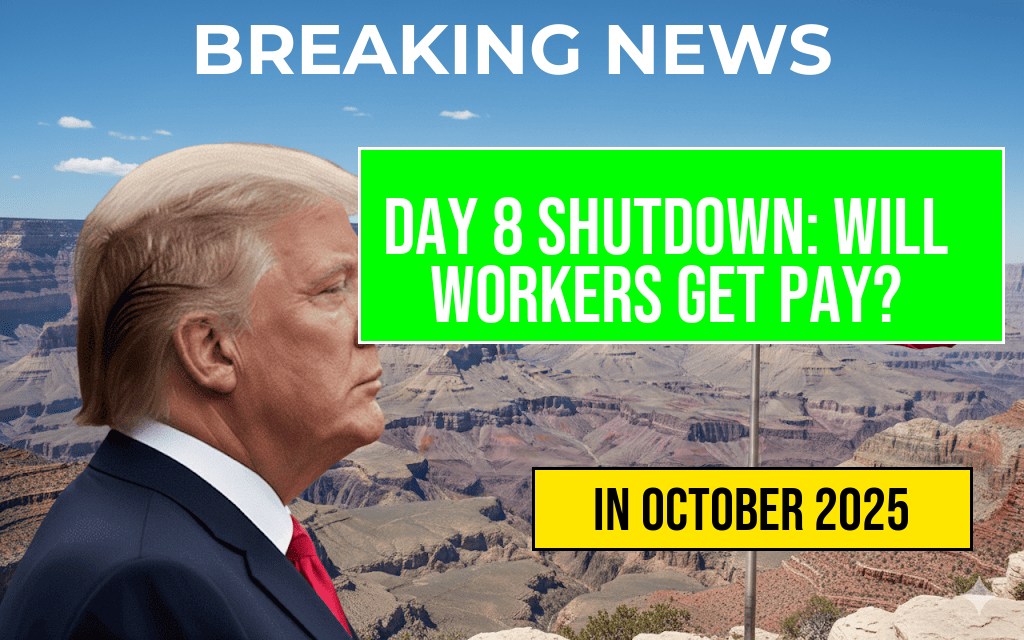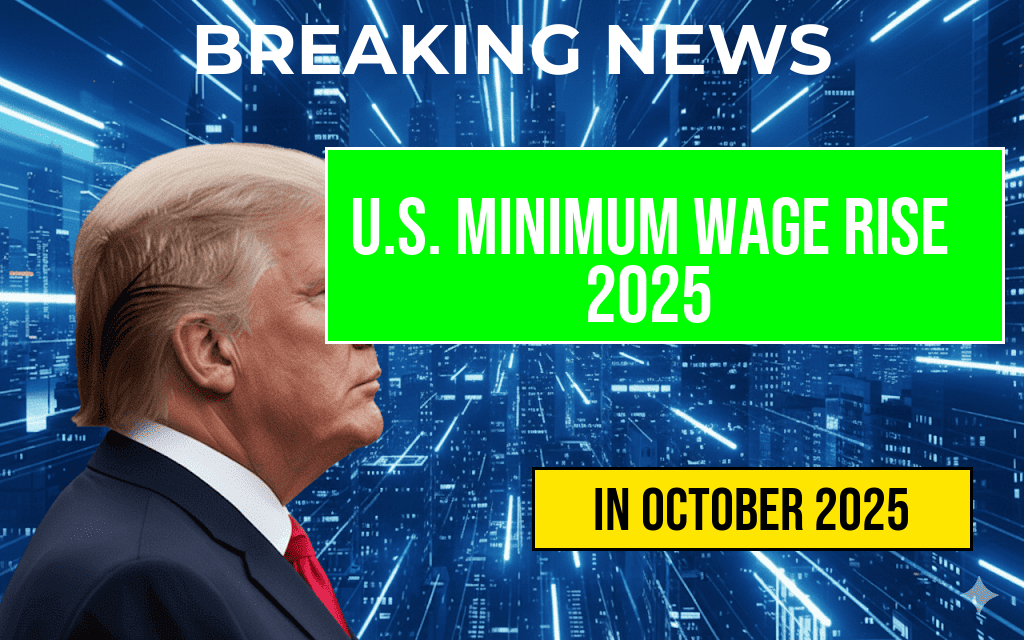As the federal government enters its eighth day of shutdown, uncertainty looms over the compensation of hundreds of thousands of federal workers. With most non-essential agencies shuttered, questions persist regarding whether these employees will receive their full paychecks or face delays and reductions. While some government functions continue under contingency plans, the financial strain on federal workers has intensified, prompting urgent debates among lawmakers and affected employees alike. Despite efforts to pass legislation that could mitigate the economic impact, no definitive resolution has emerged, leaving many in limbo as the shutdown persists.
Current Status of Federal Worker Pay During the Shutdown
Since the shutdown began, approximately 800,000 federal employees have been furloughed or working without pay. The scope of affected agencies includes the Departments of Homeland Security, State, and Justice, among others. Essential workers, such as law enforcement officers and air traffic controllers, continue to perform their duties but are uncertain about when they will receive their paychecks.
According to the Office of Personnel Management (OPM), most furloughed employees will not receive their paychecks until the government reopens, unless Congress intervenes with legislation to provide back pay. Historically, Congress has approved retroactive pay for federal workers after previous shutdowns, but this measure is not guaranteed in the current political climate.
Legislative Efforts and Political Dynamics
Both parties have expressed differing views on resolving the shutdown. Democrats tend to advocate for a quick reopening of the government without attaching controversial policy demands, while Republicans often link funding agreements to broader immigration or border security issues. Despite these differences, there has been bipartisan acknowledgment of the financial hardship faced by federal workers.
Several bills have been introduced to provide immediate back pay to federal employees, but none have yet been passed into law. The Federal Employee Fair Treatment Act, for example, aims to ensure paid leave for affected workers, but legislative approval remains uncertain amid ongoing negotiations.
Financial Impact on Federal Employees
Federal workers are increasingly feeling the economic pressure, with many living paycheck to paycheck. For some, missing even one paycheck can jeopardize rent payments, utility bills, and other essential expenses. The National Federation of Federal Employees (NFFE) reports a surge in hardship claims and requests for financial assistance from affected workers during this period.
Support Measures and Resources
Some agencies have set up emergency funds or financial assistance programs for furloughed employees. Additionally, the Federal Employee Assistance Program (FEAP) advises affected workers on managing finances during the shutdown. However, these measures are only stopgap solutions, and many workers are anxiously awaiting clarity on their pay status.
Legal and Policy Framework for Back Pay
| Shutdown Year | Duration | Back Pay Legislation |
|---|---|---|
| 1995-1996 | 21 days | Passed retroactively, with federal workers receiving full pay |
| 2018-2019 | 35 days | Retroactive pay approved after shutdown ended |
| 2023 | Ongoing (Day 8) | Pending legislative action |
Historically, Congress has committed to providing retroactive compensation for federal workers affected by shutdowns, but the legislative process can be delayed, leaving employees uncertain about their immediate financial future. The Wikipedia page on government shutdowns offers comprehensive background on previous episodes and legislative responses.
Implications for Government Operations and Economy
The shutdown’s ripple effects extend beyond federal workers. Agencies responsible for national security, public health, and economic stability face disruptions that could have prolonged consequences. Small businesses that rely on federal contracts and services also report delays, exacerbating economic uncertainties in affected communities.
Experts warn that prolonged shutdowns can undermine public trust in government institutions and hinder policy implementation. Economists from institutions like the Forbes suggest that the cumulative economic cost of shutdowns can reach billions of dollars per week, emphasizing the importance of swift resolution.
What to Watch Moving Forward
- Legislative negotiations to pass funding bills that include provisions for back pay.
- Potential executive actions or emergency measures to mitigate financial hardship for federal workers.
- Public and political pressure mounting to end the shutdown and restore normal operations.
As the days progress, federal employees, contractors, and the broader economy remain in a state of uncertainty. The resolution of this shutdown will depend heavily on congressional negotiations and political will, with many watching closely for signs of an impending breakthrough.
Frequently Asked Questions
What is the current status of the federal government shutdown on Day 8?
The federal government is currently in its 8th day of shutdown, which has led to the suspension of many government services and operations across various agencies.
Will federal workers receive their full pay during this shutdown?
Most federal workers are expected to not receive their full pay until the shutdown is resolved, although some essential employees may continue to be paid through emergency funds.
Are there any exceptions for essential federal employees?
Yes, essential federal employees such as those involved in national security or public safety are generally required to work without immediate pay during the shutdown, although they may receive back pay later.
What are the potential impacts on federal services and contractors?
The shutdown can cause disruptions in federal services, delays in contractor payments, and interruptions in public programs, affecting millions of Americans.
How long is the expected duration of this shutdown, and what are possible resolutions?
The duration depends on congressional negotiations and the passage of funding bills. A resolution may come through bipartisan agreement, but the exact timeline remains uncertain.










